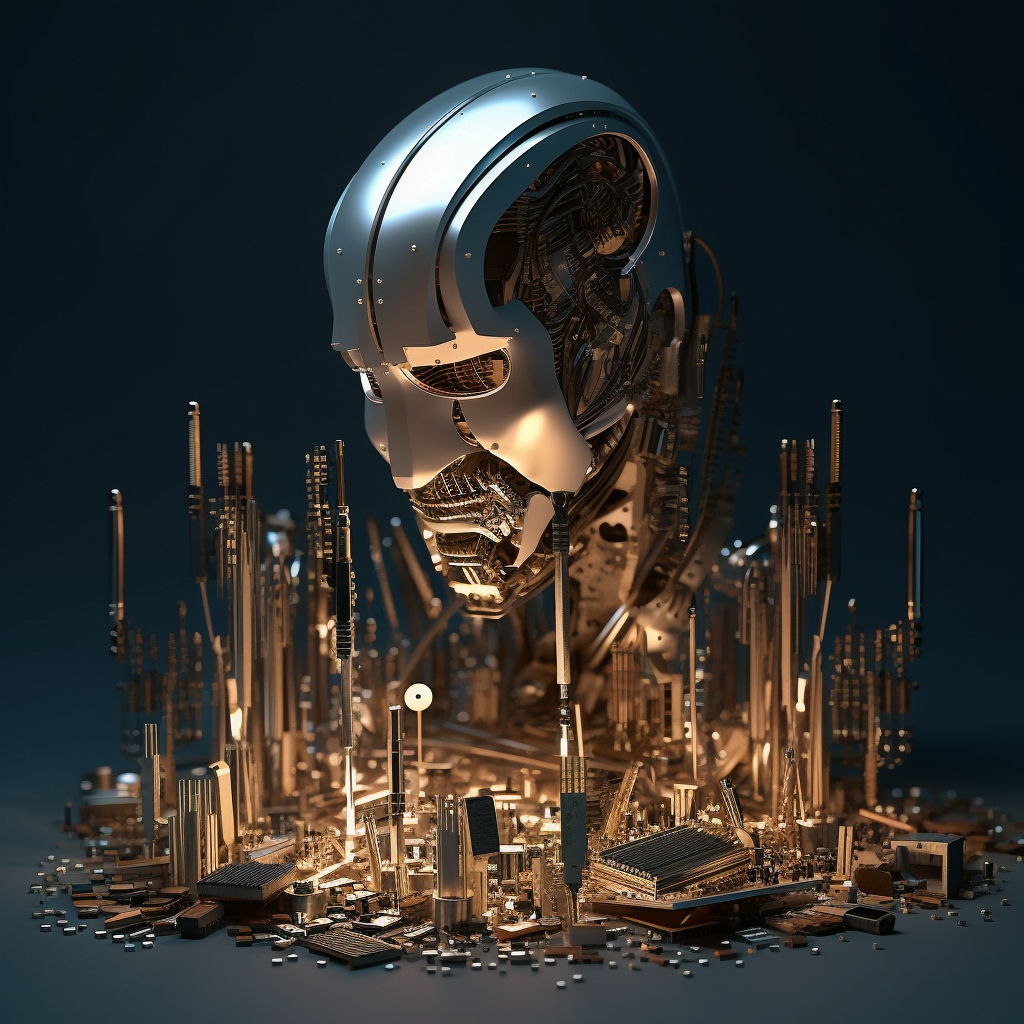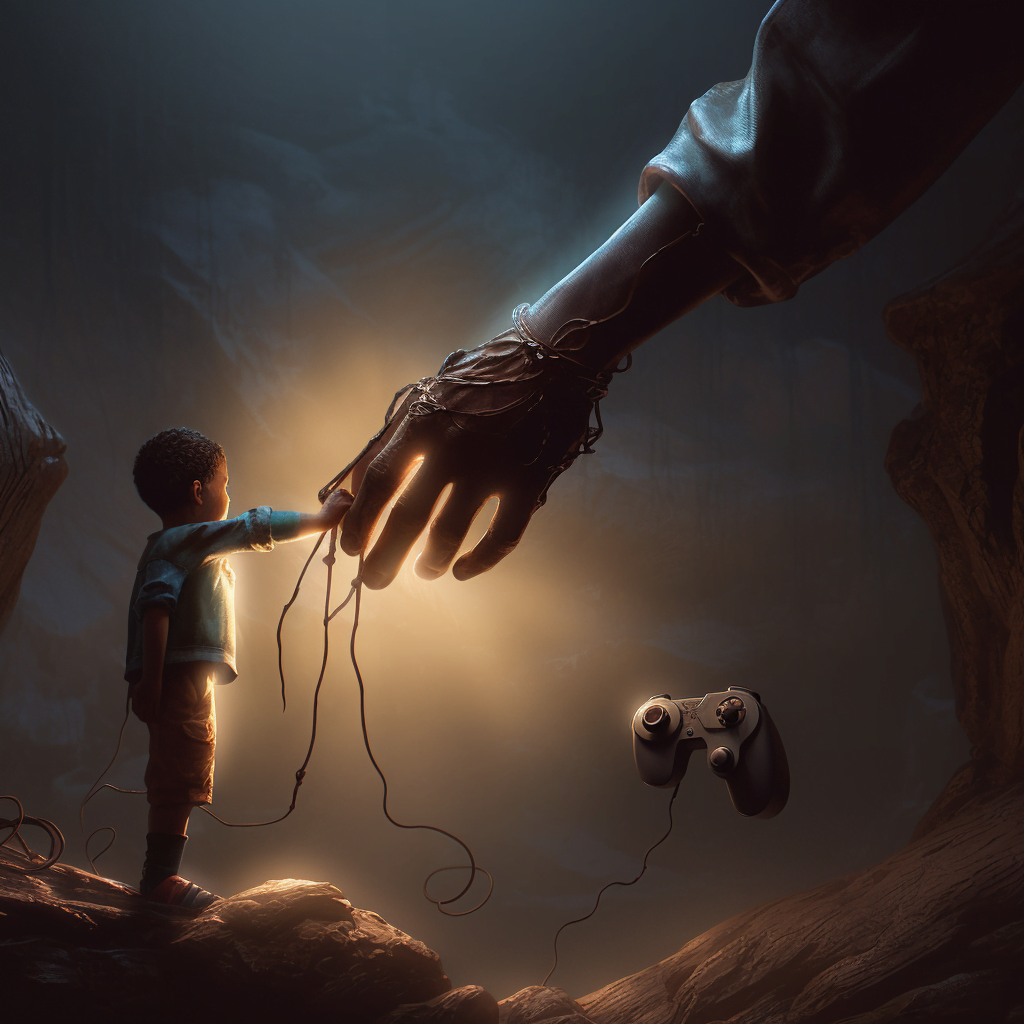
ChatGPT, or Generative Pretrained Transformer designed for chat, is a sophisticated artificial intelligence (AI) chatbot developed by OpenAI. It was officially introduced in November 2022, boasting an extensive capacity for intricate and nuanced conversation spanning various domains of knowledge.
What Does GPT Stand For?
The acronym “GPT” stands for “Generative Pre-trained Transformer,” a type of artificial intelligence model developed for natural language understanding and generation tasks.
- “Generative” refers to the model’s ability to generate text based on the data it has been trained on.
- “Pre-trained” signifies that the model has already been trained on a vast corpus of data before it is fine-tuned for any specialized tasks.
- “Transformer” is the underlying architecture upon which the model is based, which has proven to be highly effective in handling a variety of machine learning tasks.
Understanding what GPT stands for is more than just breaking down an acronym; it’s about grasping the revolutionary impact this technology has on multiple sectors. From automating customer service queries to writing code and even generating creative pieces of writing, GPT models have shown extraordinary versatility.
The architecture, originally introduced in a 2017 paper by researchers at Google, has since seen various iterations and improvements, culminating in highly advanced versions like GPT-3 and GPT-4. These models represent significant milestones in the journey toward creating machines that can understand and generate human-like text, making the term “GPT” synonymous with cutting-edge AI capabilities.
What is ChatGPT?
ChatGPT is a conversational AI model developed by OpenAI that offers interactive dialogue capabilities. Unlike traditional chatbots that follow scripted responses, ChatGPT utilizes advanced natural language processing techniques to engage in nuanced conversations. This enables the model to answer intricate follow-up questions, clarify misunderstandings, and even politely decline requests that are inappropriate.
Available to the general public, the tool is designed to perform a variety of tasks, such as helping users draft emails, create essays, or write code. Its adaptability and conversational depth make it a versatile assistant in many settings.
Launched on November 30, 2022, by OpenAI, ChatGPT is accessible through various platforms, including a web-based interface and mobile applications for both Android and iPhone users. There’s also a free version (using an older model, GPT 3.5) available for anyone who wishes to use it, and for those seeking enhanced features, a paid subscription service named ChatGPT Plus was introduced in February, 2023.
Accessing ChatGPT is straightforward—users simply need to go to the OpenAI website and create an account (Hit the “Get started” link in the top right corner), then navigate to the chat interface.
The Evolution of ChatGPT
The initial version of ChatGPT, released in late 2022, gained considerable recognition for its detailed and articulate responses. However, its tendency to confidently provide inaccurate information was identified as a notable limitation.
In the competitive sphere of AI chatbot development, the introduction of ChatGPT spurred significant progress, prompting accelerated development in rivals like Google’s chatbot Bard and Meta AI’s foundation model LLaMA. On March 14, 2023, a new version of ChatGPT, powered by OpenAI’s GPT-4 model, was launched and made available to paid subscribers of ChatGPT Plus on a limited basis.
Training and Infrastructure of ChatGPT
ChatGPT belongs to the GPT class of language models, tailored specifically for conversational usage. The fine-tuning process, crucial to its functionality, combined supervised and reinforcement learning, resulting in an AI chatbot that learns from human feedback.
It originally utilized a Microsoft Azure supercomputing infrastructure, powered by Nvidia GPUs, specifically built for OpenAI. Following its success, Microsoft substantially upgraded OpenAI’s infrastructure in 2023.
Features, Limitations, and Future of ChatGPT
Despite the primary function of mimicking human conversation, ChatGPT exhibits versatility. It can write computer programs, emulate a business executive’s style, compose music, answer test questions, and even simulate entire chat rooms.
A unique aspect of ChatGPT is its limited memory of previous prompts, which has led to speculation about its use as a personalized therapist. However, it is not devoid of limitations, including occasional incorrect or nonsensical responses.
Looking forward, OpenAI plans to add support for plugins for ChatGPT, including both internally developed plugins and external ones from developers such as Expedia, OpenTable, Zapier, Shopify, Slack, and Wolfram.




